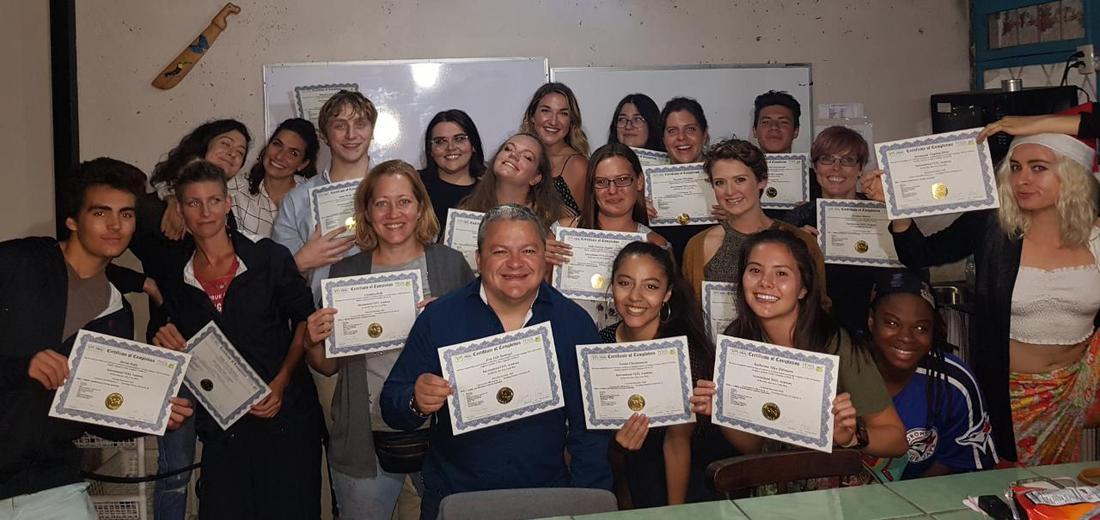

While we are used to our teachers correcting our written errors and giving feedback on our written assignments, many new ESL/EFL teachers aren't aware of the importance of correcting our students' spoken errors.
Why we correct our students' errors
Edwards Dormer's (2013) research about adult language learners with high levels of fluency but without consistent accuracy suggests accuracy can be achieved through six stages of awareness. Language awareness is “an enhanced consciousness of and sensitivity to the forms and functions of language.” Language learners must be aware of their language deficiencies and recognize their errors, realize the significance of their deficiencies and the impact on communication, and understand that change is possible. During the last stages of awareness, learners are ready for new knowledge and tips to self-correct and change consistent errors. They must understand how structure of language and meaning are connected, how they are currently using the language in order to edit their own speaking, and pay attention to proficient speakers and learn from others' mistakes. Li (2010) confirmed that unlike first language acquisition, second language acquisition is conscious, and the Noticing Hypothesis claims that providing corrective feedback is justifiable and supports second language acquisition.
Error correction can be focused on a number of specific errors or unfocused to include all errors (Van Beuningen, 2010). Correction can also be direct, where the teacher fixes the errors made by the students, or indirect, where the teacher indicates and error has been made, but the learners are responsible for correcting them. Error correction can interrupt the flow of oral communication, so most research would suggest not interrupting an activity to correct. Other affecting factors include the teachers' inadequacy and inconsistency when giving feedback and the students' lack of ability or willingness to use the feedback effectively.

How we correct our students' errors
Therefore, as teachers, being a native speaker is not enough. We need to make sure we know English grammar well and can confidently explain it to our students. While our students are talking, we need to make sure we always have a pen and paper to write down all of the mistakes we hear our students make. This can be challenging for new teachers with high intermediate and advanced students. They are capable of communicating all of their ideas, so it's easy to excuse their mistakes. However, they want and need us to correct them!
Experienced teachers would agree that pronunciation errors should be corrected immediately. We don't want our students to have incorrect pronunciations imprinted into their memories. If we don't fix pronunciation, our students think, "Well, no one ever told me I was saying it incorrectly." It's a good idea to review it again at the end of the lesson.
Grammar mistakes, on the other hand, should typically be corrected after the conversation has taken place. If we are constantly interrupting our students, they could feel hindered in communicating freely. Give yourself time at the end of every class to do an error correction session. Write the errors said on the board and ask the students to identify the error and explain how to fix it. Again, this helps reiterate the process of awareness.
Need to learn English grammar or looking for more practical ways to improve your classroom practices when it comes to teaching ESL/EFL students? Take one of our 4-week courses in Costa Rica!

Edwards Dormer, J. (2013). Improving speaking accuracy through awareness. Journal of Adult Education, 42 (1), 16-22.
Li, S. (2010). The Effectiveness of corrective feedback in SLA: A meta-analysis. Language Learning, 60 (2), 309–365.
Van Beuningen, C (2010). Corrective feedback in L2 writing: Theoretical perspectives, empirical Insights, and future directions. Internal Journal of English Studies. 10 (2), 1-27.

